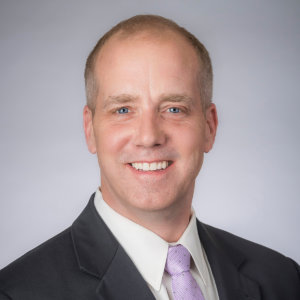Big Data and IT Talent Drive Improved Patient Outcomes at Schumacher Clinical Partners
An evolving care system and the influx of patient data from electronic health records has led health care companies to rethink how they leverage digital tools to better serve patients and providers.
Topics
Digital Leadership
Schumacher Clinical Partners (SCP) staffs and operates more than 400 emergency departments and hospital medicine programs throughout the United States, treating some 8 million patients annually. The company, based in Lafayette, Louisiana, manages electronic medical record, coding, billing, and back-end reimbursements on its platform. Like many health care organizations, changing consumer expectations, new regulations, and an influx of patient data has created a perfect storm for SCP to rethink how it leverages digital tools to better serve patients and providers.
MIT Sloan Management Review guest editor Gerald C. Kane spoke with SCP’s chief information officer Chris Cotteleer about how digital transformation through data and analytics makes his organization more efficient, improves patient outcomes, and offers attractive work environments for health care providers.
MIT Sloan Management Review: How do you use data and analytics insight to change the way you make decisions?
Cotteleer: Our goal is to get the right doctor or clinician into the right facility at the right time for the patient to walk through the door and be treated well. We take a very operation-centered approach to information; it’s not unlike a supply chain. We’ve got a supply of patients coming in — an infinite queue with spikes in demand. They need to be served, and we’ve got to get providers on the ground to do that.
To meet patient demand, we spend a lot of time trying to predict what’s going to happen — accounting for changes like surges and seasonality — and for that, having patient chart information is very important, so we can tell that a Triage Acuity 5 [lower level of support needed] takes a little bit of time, or a Triage Acuity 1 [a higher level of support] will take more. Depending on the blend of what’s occurring in that emergency department, we might staff an extra NP/PA [nurse practitioner or physician’s assistant] or an extra doctor, and all of that goes to cost and quality of care.
I read somewhere that you’re working on something called “syndromic surveillance.” Can you tell me a little bit about that?
Cotteleer: We’re on the precipice of that. It’s a real driver for us.


Comment (1)
Muhammad Moroojo